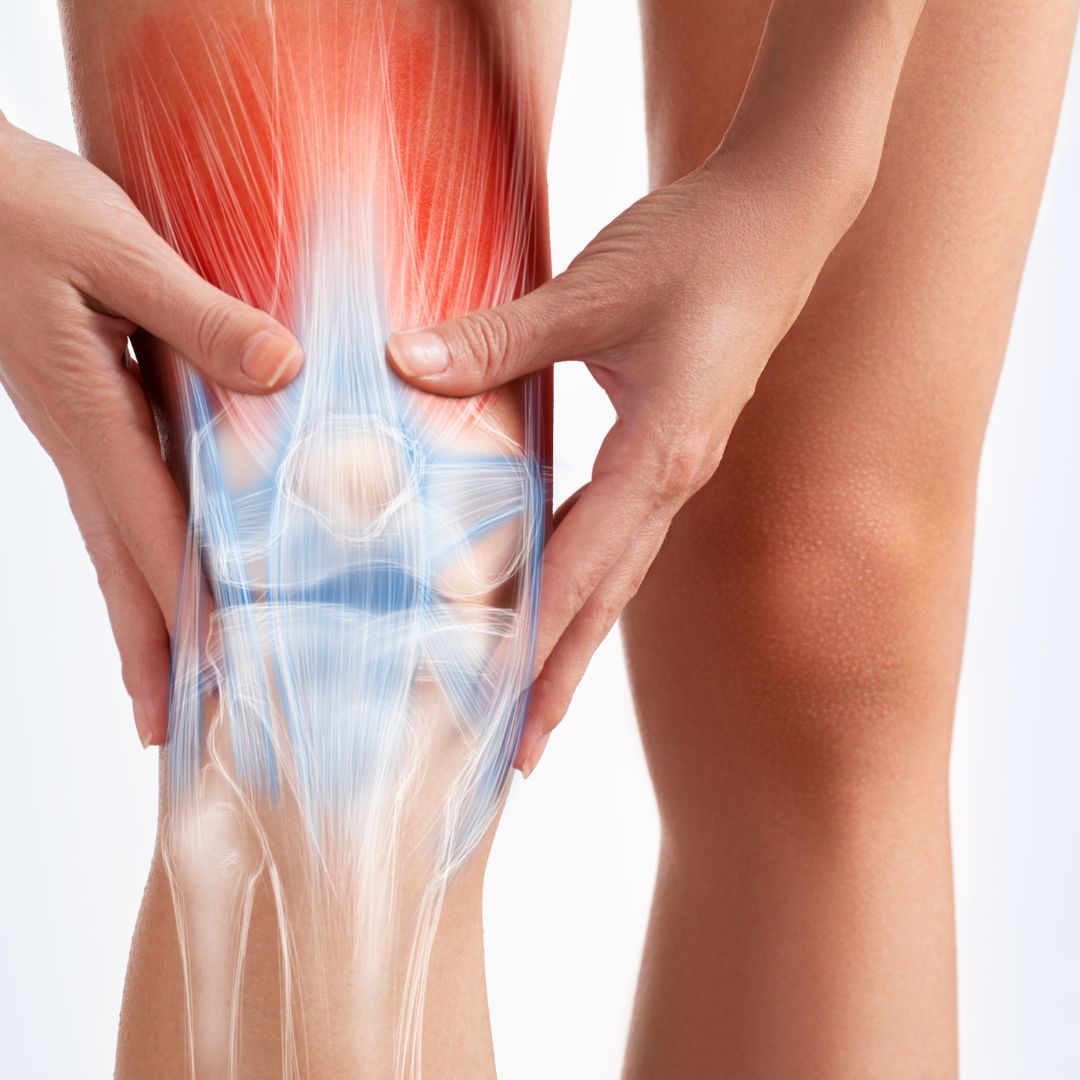
06 Jan Exercise and Joint Health: Best Practices for Patients with Arthritis
Arthritis, a term encompassing various inflammatory joint conditions, including osteoarthritis (OA) and rheumatoid arthritis (RA), affects millions of people worldwide. Joint pain, stiffness, and reduced mobility are common symptoms that can make staying active challenging. However, exercise is a crucial component of managing arthritis and maintaining joint health. This blog post will explore how exercise benefits patients with arthritis and provide best practices for incorporating physical activity into your routine safely and effectively.
The Benefits of Exercise for Arthritis
Exercise offers numerous benefits for individuals with arthritis, including:
- Improved Joint Function: Regular exercise helps maintain joint flexibility and range of motion. It can also strengthen the muscles around the joints, providing better support and reducing the strain on the affected areas.
- Pain Reduction: Physical activity stimulates the production of endorphins, the body’s natural painkillers. Exercise can also reduce stiffness and improve circulation, which may help alleviate joint pain.
- Enhanced Mood and Mental Health: Exercise has been shown to reduce symptoms of anxiety and depression, which are common among individuals with chronic pain. Engaging in physical activity can improve overall mood and quality of life.
- Weight Management: Maintaining a healthy weight is crucial for managing arthritis, as excess weight puts additional stress on the joints. Regular exercise can help control weight and reduce the load on weight-bearing joints.
- Increased Energy Levels: Regular physical activity can boost overall energy levels and combat the fatigue often associated with arthritis.
Best Practices for Exercising with Arthritis
When incorporating exercise into your routine, it’s essential to approach it thoughtfully to ensure safety and effectiveness. Here are some best practices for patients with arthritis:
1. Consult Your Healthcare Provider
Before starting any exercise program, it’s important to consult with your healthcare provider or physical therapist. They can provide guidance on appropriate exercises, determine any limitations based on your specific condition, and help you develop a personalized plan that suits your needs and goals.
2. Choose Low-Impact Activities
Low-impact exercises are generally easier on the joints and can be particularly beneficial for individuals with arthritis. Some excellent options include:
- Walking: A simple and accessible exercise that can be done almost anywhere. Walking helps improve cardiovascular health and joint mobility.
- Swimming and Water Aerobics: The buoyancy of water reduces stress on the joints while providing resistance for a full-body workout. Swimming and water aerobics are excellent choices for improving strength and flexibility.
- Cycling: Using a stationary or regular bike provides a low-impact way to improve cardiovascular health and strengthen the leg muscles.
- Yoga: Gentle stretching and breathing exercises in yoga can enhance flexibility, balance, and relaxation. Look for classes specifically designed for people with arthritis.
3. Start Slow and Progress Gradually
When beginning an exercise routine, start with low-intensity activities and gradually increase the intensity and duration as tolerated. This approach helps prevent overuse injuries and allows your body to adjust to the new activity level. Listen to your body and adjust your routine based on how you feel.
4. Warm Up and Cool Down
Warming up before exercise and cooling down afterward are important for preventing injuries and reducing muscle soreness. Start with gentle movements, such as walking or light stretching, to prepare your muscles and joints for more strenuous activity. After exercising, cool down with stretching to improve flexibility and reduce stiffness.
5. Focus on Joint-Friendly Strength Training
Strength training can be beneficial for arthritis patients, but it’s essential to use proper techniques and avoid exercises that put excessive strain on the joints. Use resistance bands or light weights and focus on controlled movements. Targeting the muscles around the joints helps provide better support and stability.
6. Incorporate Flexibility and Balance Exercises
Flexibility and balance exercises can help improve joint range of motion and reduce the risk of falls. Stretching exercises, such as those done in yoga or Pilates, can enhance flexibility and maintain joint health. Balance exercises, like standing on one leg or using a balance board, can improve coordination and stability.
7. Monitor and Adapt Your Routine
Pay attention to how your body responds to exercise and be prepared to make adjustments as needed. If you experience increased pain, swelling, or stiffness after exercising, it may be necessary to modify your routine or consult with a healthcare provider for further guidance. It’s important to strike a balance between staying active and allowing adequate rest for recovery.
8. Stay Consistent
Consistency is key to reaping the benefits of exercise. Aim for regular physical activity, ideally spread throughout the week, rather than sporadic intense workouts. Consistent exercise helps maintain joint health, manage symptoms, and improve overall well-being.
Conclusion
Exercise is a vital component of managing arthritis and maintaining joint health. By following best practices and incorporating safe, effective physical activity into your routine, you can experience improved joint function, reduced pain, and enhanced quality of life. Always consult with your healthcare provider before starting a new exercise program, and listen to your body as you progress. With the right approach, exercise can be a powerful tool in managing arthritis and promoting long-term health and wellness.

